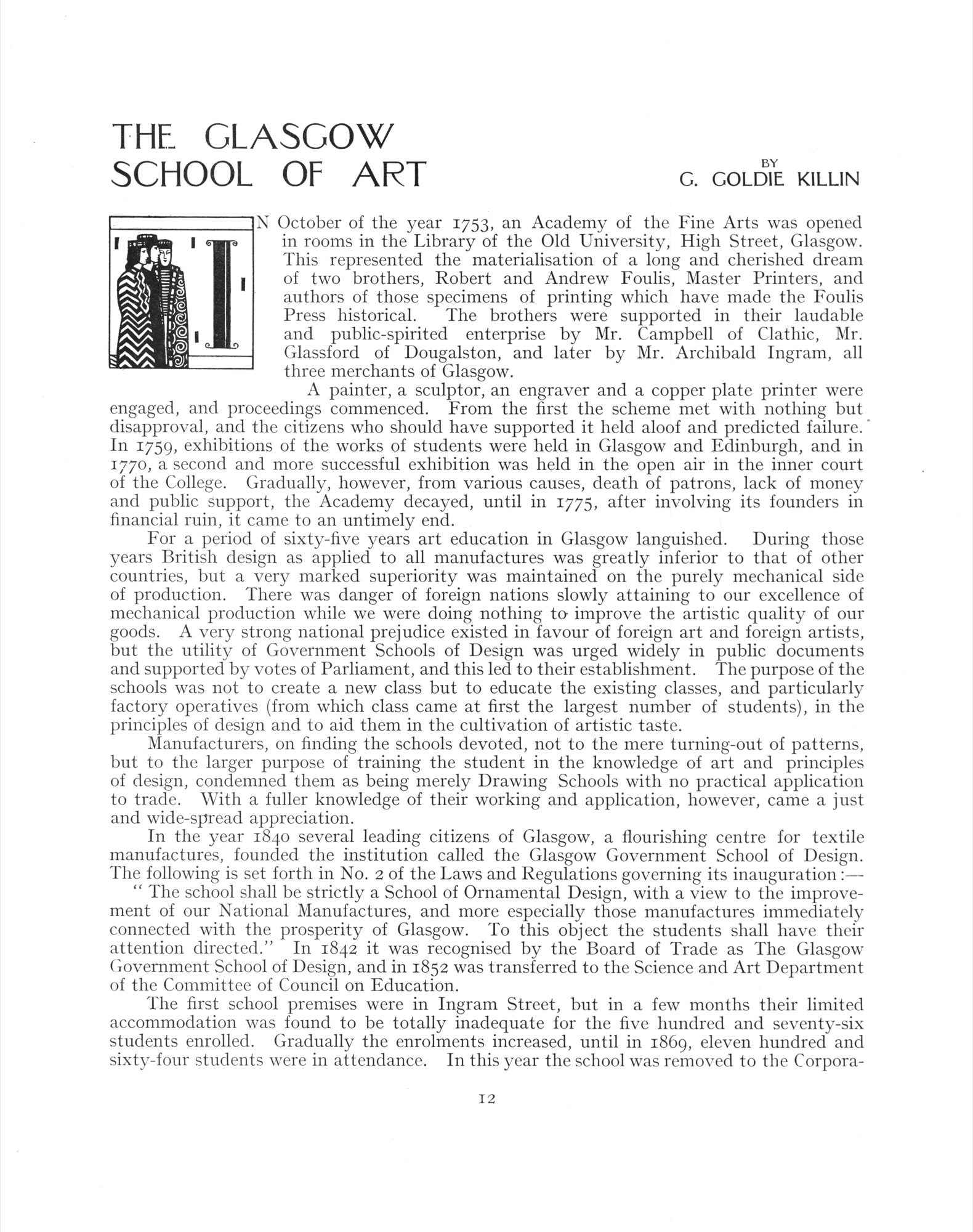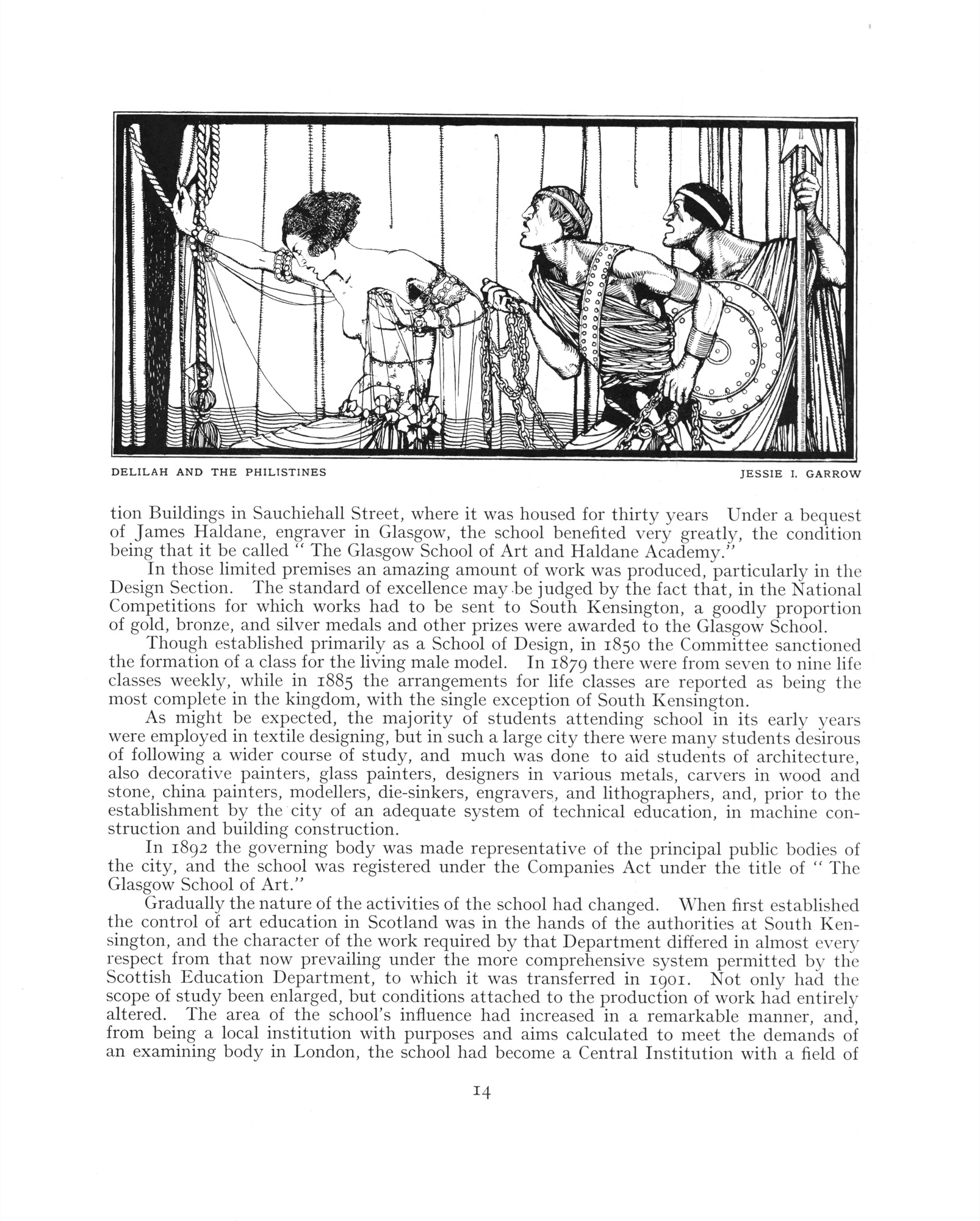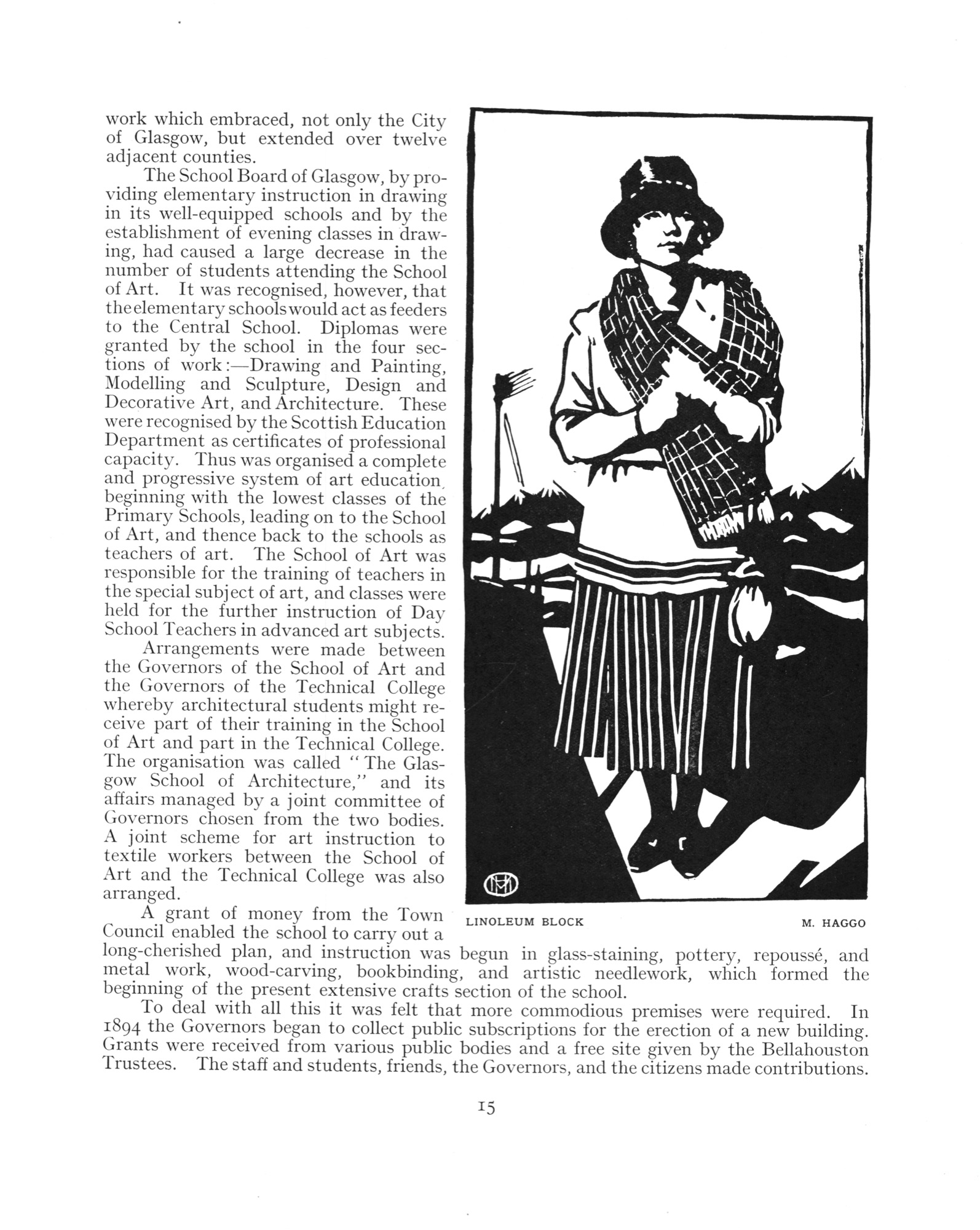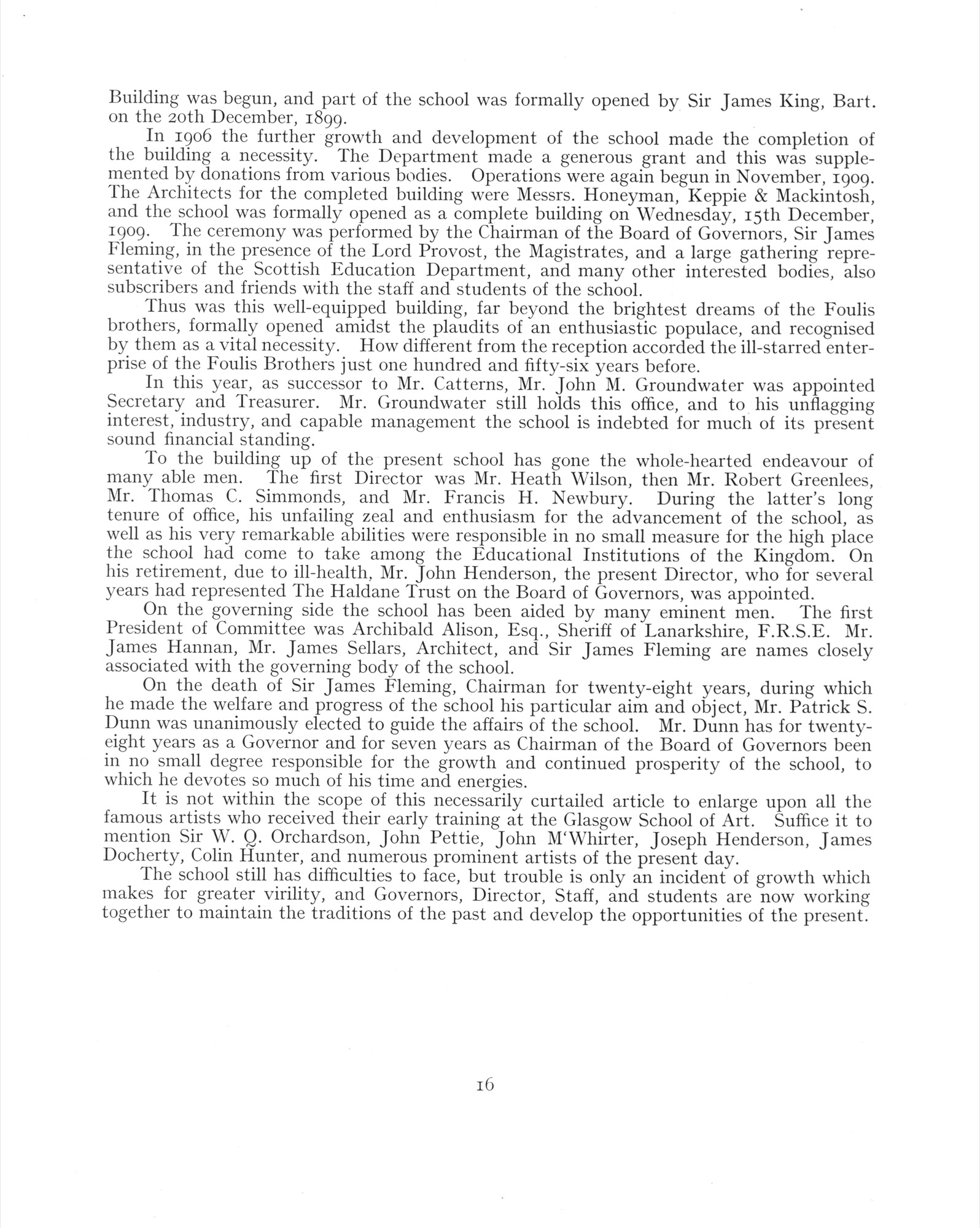You are browsing the full text of the article: The Glasgow School of Art
Click here to go back to the list of articles for
Volume: 1922 of The Palette
| The Palette Year 1922 Page: 12 | ||||||||||||||||||||||||||||||
| The Glasgow School of Art By G. Goldie Killin | ||||||||||||||||||||||||||||||
|

|
|
||||||||||||||||||||||||||||
| The Palette Year 1922 Page: 14 | |||||||||||||||||||||||||||||
| The Glasgow School of Art By G. Goldie Killin | |||||||||||||||||||||||||||||
|

|
|
|||||||||||||||||||||||||||
| The Palette Year 1922 Page: 15 | |||||||||||||||||||||||||||||
| The Glasgow School of Art By G. Goldie Killin | |||||||||||||||||||||||||||||
|

|
|
|||||||||||||||||||||||||||
| The Palette Year 1922 Page: 16 | ||||||||||||||||||||||||||
| The Glasgow School of Art By G. Goldie Killin | ||||||||||||||||||||||||||
|

|
|
||||||||||||||||||||||||



